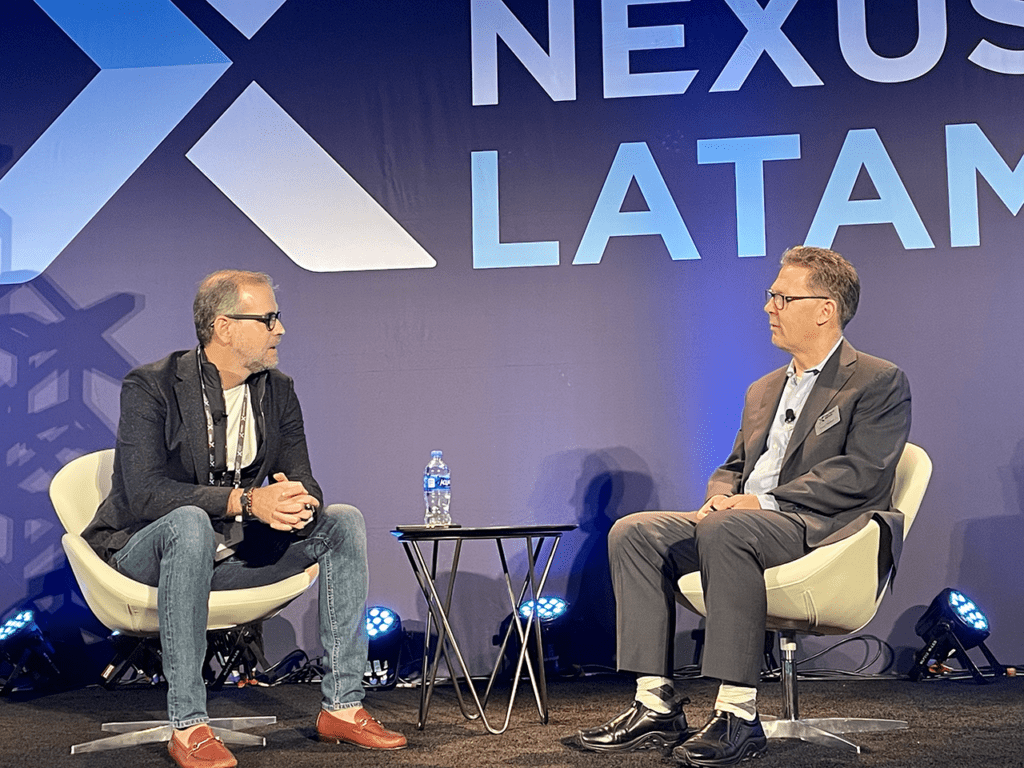Latin America typically isn’t at the forefront of global economic policy, but with pioneering financial initiatives like Pix, Brazil is emerging as a leader in the rapid growth of instant payments, alongside India.
Brazil launched its instant payment system, Pix, in 2020 during the height of the COVID-19 pandemic. Similarly, India, another major developing economy, introduced UPI a few years earlier. In both instances, these initiatives were part of broader efforts to rapidly digitize the population and propel these economies into the digital banking era.
Fast forward to today, and both countries collectively account for over 60% of all real-time transactions worldwide. According to “Beyond Borders,” an annual report published by Brazilian payments fintech Ebanx on payment trends, Brazil’s significant adoption of Pix now constitutes 15% of all instant payments globally, while India’s UPI accounts for 46%.
In particular, Brazil’s Pix growth has been meteoric, with transactions nearing $400 billion every month. Its user base, comprising over 150 million adults, continues to expand, with many utilizing it daily. Additionally, Pix is evolving to offer new features such as offline payments, direct debits, and credit in the near future.
Pix and financial inclusion in Brazil
Recognized by the World Bank as catalysts for improving financial inclusion, these platforms contribute to modernizing the financial landscape and promoting digitization. Operating 24/7, they enable rapid money transfers at no cost for individuals and are increasingly embraced by businesses.

Recent strides in digital banking have helped nearly double the proportion of adults who own accounts in Latin America. According to the World Bank’s Global Findex, in 2021, 74% of adults in the region possessed financial accounts, compared to just 39% in 2011. This signifies that within a decade, more than 100 million individuals were integrated into the financial system, Ebanx noted in its report.
“In the financial inclusion narrative, access has been solved,” Lindsay Lehr, Managing Director at Payments & Commerce Market Intelligence, was quoted as saying. ” Now, it’s about UX, speed, security and about adding value.”
By offering free services to consumers and minimizing fees for merchants, digital payment platforms are witnessing rapid adoption. This is especially true in emerging markets. The success of Pix in Brazil is serving as an inspiration for other Latin American countries. It is prompting them to explore their own instant payment frameworks to accelerate digitization across their economies.
E-commerce on the rise
The surge in digital payments is closely linked to the expansion of e-commerce in Latin America. According to the Ebanx study, digital commerce is growing at almost twice the rate in emerging markets compared to developed economies. Over the next decade, the e-commerce industry is projected to grow sixfold as developing regions catch up. This would further bolster the use of tools like Pix in Brazil and UPI in India.
Digital commerce in developed countries is seeing a steady growth rate of 13% annually. However, sales in emerging markets are surging at a pace of 20%. Projections indicate that by 2026, Latin America’s digital commerce volume will be nearly USD 950 billion.
“You still see people shopping online for the first time. It’s unbelievable, but it’s true,” said André Allain, Vice President of Growth at EBANX. “As infrastructure improves, with 5G networks and more stable broadband, more remote areas and underserved consumer segments will be reached. There’s still a growth curve.”


